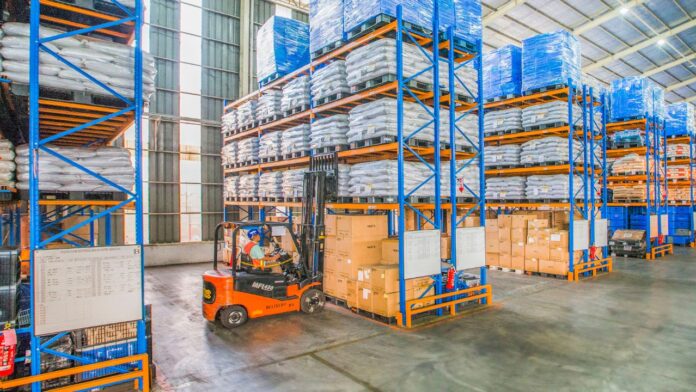Warehousing is an essential component of the logistics industry, serving as a crucial link in the supply chain. Warehousing has transformed significantly over the years due to technological advancements and the need for efficient storage and distribution solutions.
From the early days of material handling with conveyors to the current trend of warehouse automation, this article traces the history, advantages, and future of warehousing. Whether it’s a small business or a large corporation, understanding the evolution of warehousing is essential to succeed in today’s competitive market.
The History of Warehousing and Logistics
The history of warehousing and logistics dates back to ancient civilizations, where goods were stored in pits and warehouses for future use. The industrial revolution brought about significant changes in the way goods were stored and moved. The invention of the conveyor belt in the early 20th century revolutionized material handling.
With the use of conveyor systems, it became easier and faster to move goods from one place to another. As the manufacturing industry grew and global trade became more prevalent, the need for efficient warehousing and logistics became even more critical. Today, the warehousing and logistics industry is a vital component of the global supply chain, and it is continually evolving with new technologies and innovations.
The Advantages of Conveyor Systems in Material Handling
Conveyor systems have played a crucial role in the evolution of warehousing and material handling. The use of conveyor systems offers numerous advantages in handling materials and moving products from one place to another. The primary advantage of conveyor systems is the ability to move large volumes of goods quickly and efficiently.
These systems help reduce labor costs, increase productivity, and minimize errors in the production process. Conveyor systems also help in reducing product damage during transportation, ensuring the safe handling of fragile and delicate items.
Another advantage is that conveyor systems offer a high degree of precision in product handling, ensuring that products are delivered to the correct location. Conveyor systems have significantly advanced modern warehousing and logistics. Continued utilization is crucial for driving further industry development.
The Future of Warehousing: Predictions and Trends
As we move forward in time, the trend towards warehouse automation is only increasing. The industry is expected to witness a growth in autonomous material handling equipment, smart sensors, and cloud-based inventory management systems.
According to a report by MHI and Deloitte, the future of warehousing will be characterized by increased use of robotics, drones, and artificial intelligence. Warehouses will become more efficient and flexible, as well as more sustainable and environmentally friendly.
Moreover, 3D printing technology will enable warehouses to produce products on-site, further reducing the cost and time involved in transporting goods. The use of wearables and other smart devices will also improve worker productivity and safety in the warehouse.
The future of warehousing is exciting and full of possibilities, and we can expect to see many breakthrough innovations in the coming years.
Warehouse Automation: The Next Step in the Evolution of Warehousing
Automation is not new in the world of warehousing, but the trend is picking up quickly. Although conveyor systems have been vital in material handling, the worldwide demand for faster and more efficient operations has spurred the rise of warehouse automation.
Many US companies are now investing in new technologies like ASRS, AMRs, and drones. These technologies are proving to be game-changers in the way warehouses operate by reducing manual labor and increasing efficiency. Automation will dominate the future of warehousing, giving companies that adopt it early an industry edge.
Conclusion
In conclusion, the evolution of warehousing has come a long way from the early days of conveyors to the current trend of automation. Conveyor systems improved material handling efficiency, but the emergence of automated storage and retrieval systems revolutionized warehousing.
The future of warehousing is expected to become even more automated, with the use of robotics and artificial intelligence. As technology continues to advance, it is important for warehouses to adapt and evolve to remain competitive in the industry. The future of warehousing looks promising, and it will be exciting to see what innovations are yet to come.

